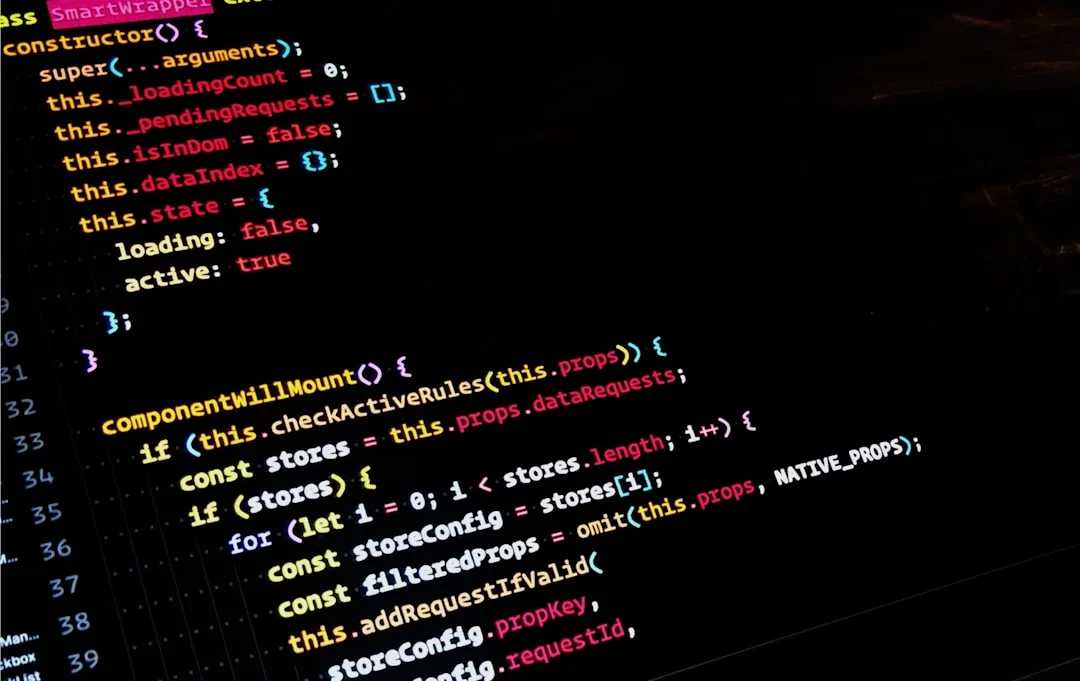
Newsletter Subscribe
Enter your email address below and subscribe to our newsletter

Enter your email address below and subscribe to our newsletter

Mastering DevOps: Key Practices for Seamless Deployment
The digital transformation wave has swept across industries, forcing businesses to adopt faster, more efficient ways to deliver software. At the heart of this transformation is DevOps — a methodology that bridges the gap between development and operations, enabling faster and more reliable software deployment. Yet, as with any transformative process, DevOps comes with its own set of challenges and best practices. This article delves into mastering DevOps with a focus on improving infrastructure-as-code, automation, and deployment strategies.
One of the recurring pain points in DevOps is the complexity of managing infrastructure and deployments in a rapidly evolving tech landscape. Traditional deployment methods often lead to bottlenecks, especially when scaling applications across multiple environments. Additionally, the manual configuration of infrastructure can be error-prone and time-consuming. This is where Infrastructure-as-Code (IaC) and Continuous Integration/Continuous Deployment (CI/CD) pipelines come into play.
Trend: The rise of GitOps is reshaping how teams approach DevOps. GitOps uses Git repositories as the single source of truth for both application code and infrastructure configurations. This approach not only enhances collaboration but also improves the traceability and auditability of changes.
GitHub Actions is a powerful CI/CD tool that integrates seamlessly with GitHub repositories. It allows developers to automate workflows directly from their repositories, facilitating seamless code testing, building, and deployment. Here’s a simple example of a GitHub Action workflow to automate a deployment:
name: CI/CD Pipeline
on:
push:
branches: [ main ]
jobs:
build:
runs-on: ubuntu-latest
steps:
- name: Check out code
uses: actions/checkout@v2
- name: Set up Node.js
uses: actions/setup-node@v2
with:
node-version: '14'
- name: Install dependencies
run: npm install
- name: Run tests
run: npm test
- name: Deploy
run: npm run deploy
Terraform is an open-source tool for building, changing, and versioning infrastructure safely and efficiently. It uses a declarative configuration language to describe the desired state of your cloud or on-premises infrastructure. Here’s a basic example of a Terraform configuration for deploying an AWS EC2 instance:
provider "aws" {
region = "us-west-2"
}
resource "aws_instance" "example" {
ami = "ami-0c55b159cbfafe1f0" # Amazon Linux 2
instance_type = "t2.micro"
tags = {
Name = "ExampleInstance"
}
}
ArgoCD is a declarative, GitOps continuous delivery tool for Kubernetes. It allows you to manage Kubernetes resources using Git repositories, ensuring your cluster state matches the desired state defined in your Git repository. ArgoCD continuously monitors the state of your Kubernetes applications and alerts you to any drift.
To illustrate these concepts, consider the following diagram:
This diagram shows a typical DevOps pipeline using GitHub Actions for CI/CD, Terraform for infrastructure deployment, and ArgoCD for Kubernetes management. By integrating these tools, you can achieve a seamless deployment process.
Explore our comprehensive guides on Infrastructure-as-Code Best Practices and CI/CD Pipelines for more insights and tutorials.
The next wave in DevOps is likely to be the increased integration of AI and machine learning into DevOps processes. These technologies can automate complex decision-making processes, optimize resource allocation, and predict potential issues before they occur. However, beware of buzzwords like “NoOps,” which suggest that operations can be entirely eliminated. While automation can significantly reduce manual intervention, skilled operations teams remain crucial for maintaining and optimizing infrastructure.
To dive deeper into Infrastructure-as-Code, check out our IaC Tutorial. For a quick reference, download our CI/CD Cheat Sheet.
By mastering these key DevOps practices, you can achieve seamless deployments, reduce downtime, and deliver high-quality software at a faster pace. Whether you’re a freelancer, part of an enterprise team, or working with a startup, these strategies will help you streamline your DevOps processes.